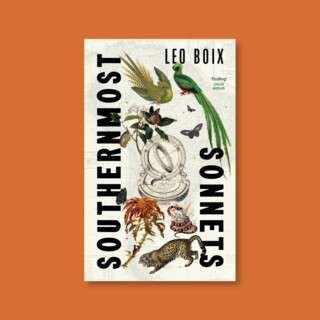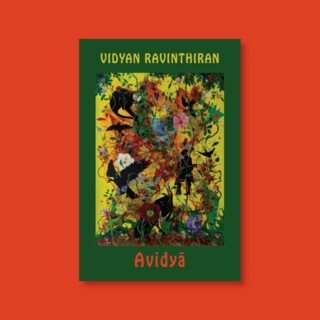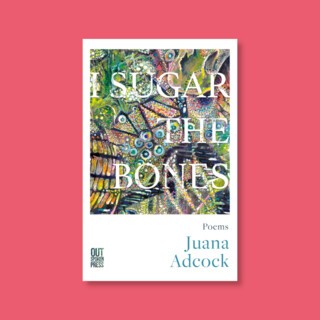Sweet Treats
Posted by Terry Glover

Sugar is pure sensation. Its irresistible appeal has deep roots in our biology: Harold McGee explains that human beings share an innate liking for its sweetness, which we first experience as mother’s milk. Its taste, he says, is the taste of the energy that fuels all life. Michael Pollan has also written compellingly about the way that sugar has been selected by evolution for its survival value – either guiding us towards nutrients or steering us away from ingesting things that might endanger us.
Throughout history, people all over the world have sought out the plants, roots, spices, seeds and tree saps that satisfy that sweet craving. Our ancient ancestors would search for wild honey, painting scenes of their exploits on cave walls. In 2500 BC in the land of Kemet, bee-keeping was established: the beginning of the progressive domestication of the sweet.
I love sugar. I use it to celebrate, soothe, and help me soldier on when the going gets tough. I’d beg for sweet treats as a kid, only to have my mother respond with the unyielding mantra: ‘APPLE, ORANGE, BANANA!’ Little did she know that I would nip over to the neighbours’ houses across the road, where a bevy of baking grandmothers were knocking out lemon meringue pies and chocolate ripple – and always more than happy to offer me a slice.
But refined sugar is something of a double-edged sword. It arrives to us via a long history of exploitation that continues to this day: an exploitation of the populations that have been coerced into its manufacture, and an exploitation of our own natural inclination towards and love of sweetness. As an experiment, I’ve been challenging myself recently to try and find alternatives to satisfy my sweet-tooth.
I’ve found that cutting back on refined sugar has heightened my senses: in a way, I am more attuned to the sweet, better able to notice the more subtle and unique forms of sugar to be found in fruits and spices. What ingredients have historically been used to hit that sweet spot? Cardamom, cinnamon, vanilla and anise have been treasured in many cultures for their sweet properties. In India, reduced milk is used to create sweetness; Arabian cooking traditions often use fermented wheat, and in Japan amazake, or fermented rice paste, is enjoyed as dessert, snack and natural sweetening agent.
As always, cookbooks provide me with inspiration: Amy Chaplain’s Whole Food Cooking Every Day is full of versatile suggestions and delicious recipes that work, and the cakes give good crumb; and Caroline Griffiths’s Incredible Bakes has a wealth of ideas for how to use alternative sugars in cakes and cookies. I’m also returning to the vegan desserts that I used to make when I was living in the Australian rainforest. Back then, my favourite treat was blancmange: thickened plant milk with a touch of tahini for nutty goodness.
I will always love making classic cakes, but there’s something that really stimulates me in the conundrum of creating something that feels indulgent and soothing without thinking of refined sugar as an inevitability. How do we get creative for everyday sweet stuff? I’m thinking about reigniting the tea special to showcase softer, more natural desserts: chia pudding with gooseberry compote and oat crumble, or my rainforest blancmange, topped with roasted banana and one hundred percent chocolate, and trying out an Amy Chaplin recipe every Friday – come and see us in the Cake Shop to give them a try!







